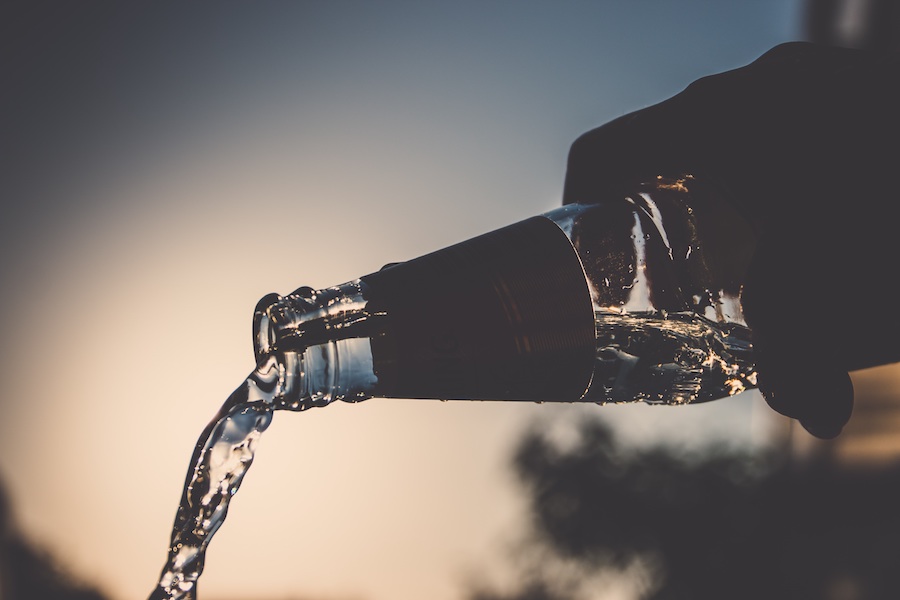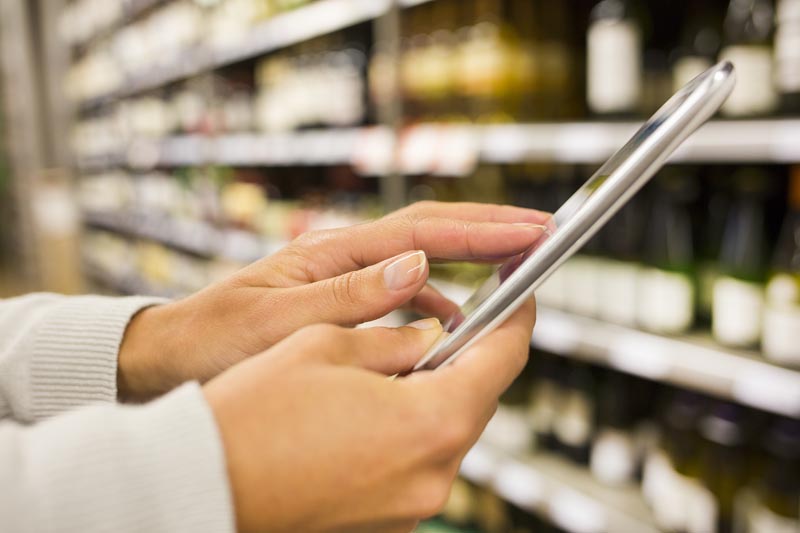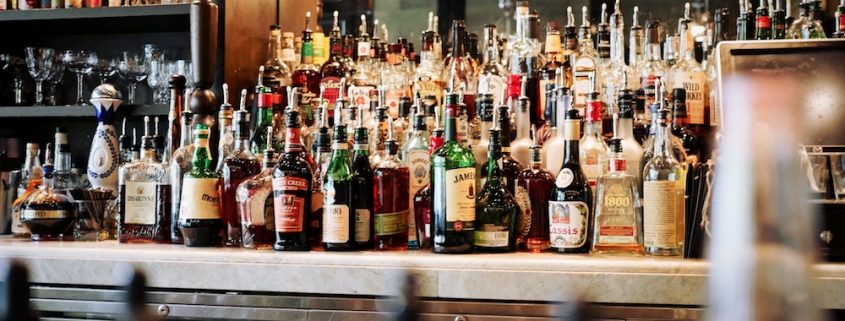5 Goals To Have For Liquor Inventory
Liquor inventory is a necessary evil. But doing bar inventory doesn’t have to be the boogeyman you dread at the end of every month. One way to make inventory more manageable is to set goals to achieve when performing your liquor counts. Setting goals and tracking your progress will keep you motivated. Using inventory as a tool to lower your alcohol cost is the ultimate goal because it will make your bar more profitable.
Inventory takes time, so don’t let it be wasted time. Here are 5 goals that make liquor inventory worth your time.
Goal 1 – Building Your Budget
Figuring out how much you should be spending on liquor purchases each week and month is important for running a profit-driving bar program. It will also curb unnecessary purchases, which helps keep back stock low and avoids filling your liquor room with dead inventory.
A quick glance at building a budget
To build a budget, you need to perform an opening and closing inventory. This shows you the amount of a particular item you sell each month.
What is an opening and closing inventory?
It’s a multi-step inventory process that occurs within a set period of time and gives you better insight into your purchasing and usage rates for your liquor inventory.
You will set your time period, most likely a month, and take inventory at the start of the month; then you will track your purchases for each week during that month, and total up your purchases + opening inventory; then take inventory again at the end of the month. This will show you how much of each product you poured during that month.
This will help you set pars, identify shrinkage, and give you the information needed to set budgets. It’s not hard to set up, but does take some diligence. But it will be worth it! I promise.
Build your budget based on liquor usage
The opening and closing budget will identify how much product you go through each month, which will allow you to set pars and give you the info needed to set your budget. Depreciating budgets are the most helpful type of budget to track spending because it will give you the amount of money that you have left to spend after each purchase. You can click here to learn more about depreciating budgets.
Goal 2 – Kill Your Dead Stock

Photo by Benjamin Voros
Dead stock. It’s the worst. They’re the bottles that are better at collecting dust than making you money. Like a dead beat friend, they just take up space and cause you stress. Building a strong inventory procedure will help identify which bottles aren’t moving, which will prevent you from ordering them again and identify which products are dead stock.
Tips to Sell Dead Stock
Liquor Stock – The best way to move bottles of liquor like slow moving whiskey, or cordials and liqueurs that aren’t called for, is to create cocktail specials. A great way to turn a profit on these bottles is to sell them as weekly or monthly specials and promote them accordingly in-house and on social media. Or you can use them as happy hour cocktails that will encourage patrons to buy these drinks and move your dead stock faster.
Beers – Promote beers as a special for a month, run them as a special beer and food pairing, or promote them as a featured item. Digital menus like Uncorkd will track menu analytics to see if customers are even viewing these items. If an item isn’t getting views, you might be able to sell more by relocating them on your menu without even dropping the price.
Wine – Wine pairings and bottle specials are a great way to move wine quickly. You can also run a staff sales contest to sell specific bottles with a prize awarded to whoever sells the most wine.
Goal 3 – Value of Inventory
One set of important data that is often overlooked when performing inventory is finding the dollar value of your inventory. This is the total dollar amount of all the inventory you have in house. It’s important to be able to visualize and understand how much money you have tied up in inventory. It will allow you to calculate projected sales and identify the cost of your liquor program.
Finding out your value of inventory
To do this, you need to track your liquor invoices. Add up the cost of each item and multiply that number by the amount of inventory you have for each item. The best way to do this is to track your weekly purchases and add the cost of each item to your inventory sheet. You can use excel formulas to make this easier, we provide the formulas in the inventory ebook linked above. Check it out, because it’s a really helpful guide to strengthening your bar’s bottom line through inventory.
Goal 4 – Theoretical Inventory

When taking a physical liquor inventory, you’re simply counting what is in your bar and liquor room. This gives you a lot of great information, but it doesn’t paint the whole picture.
Getting the whole picture is where theoretical inventory comes in. Though it sounds like a wonky philosophy theory, theoretical inventory is very useful because it helps you identify inventory that is not there, but according to your sales data and POS transactions, should be there.
Reasons for disappearing inventory can be as innocuous as accidental over-pours and spills, or as insidious as a bartender stealing liquor, pouring drinks without ringing them up, or drinking on the job.
Using POS Sales Reports
One way to track theoretical inventory is to utilize sales report from your point of sale system. Your POS system can produce reports that track liquor usage, sales numbers, promotional transactions like comps or gift cards and a variety of other data.
Tracking sales through POS and inventory will identify what is called variance. This is the difference between your actual inventory counts and what they should be according to transaction data. If you’re seeing big differences between those two numbers, then you need to investigate further to know the cause of variance.
Another Tool for Tracking Theoretical Inventory
You can learn more about Uncorkd’s inventory tracking feature by clicking this link.
Goal 5 – Lowering Your Alcohol Costs
By taking charge and following the steps laid out in goals 1-4 of this post, you be building a strategy to lower your alcohol costs.
- Budgeting helps you cut back your spending by giving you solid guidelines for how much money you can reasonably spend each month. The pars you set prior to budget will tell you how much product you need to order.
- Selling your dead stock and eliminating it from your liquor costs will drive down the dollar value of your inventory.
- Identifying your dollar value will help you identify what your alcohol cost is. It’s a great way to motivate you to drive down costs and approach a liquor cost percentage that is the foundation for successful and profitable bar programs.
- Theoretical inventory will give you a better understanding of your sales performance for each item and can help you eliminate waste and theft by identifying variance.
Together, all of these steps will help you lower your alcohol costs. The type of establishment you operate will naturally affect your liquor cost. For example, a night club that can sell a bottle of Grey Goose at a 200 percent mark-up through bottle service will be able to maintain a really low liquor cost. A really good alcohol cost is between 18 and 20 percent. And your cost should never go above the 30 to 33 percent mark.
- 5 Fall Cocktails to Capture the Flavors of Autumn - September 26, 2018
- How Restaurants Can Ignore Sales and Increase Profits - May 9, 2018
- 2018 Spring Wine Trends - April 18, 2018



